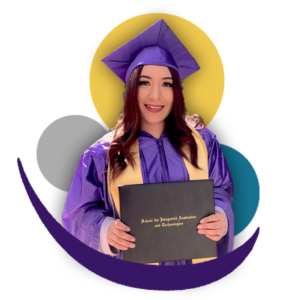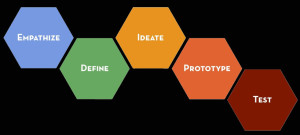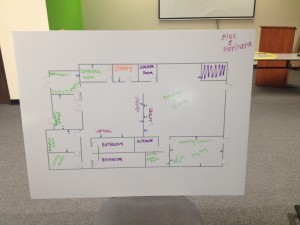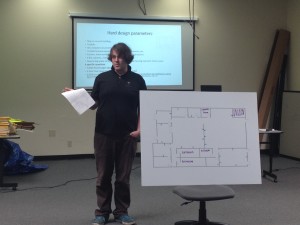 SIATech San Diego utilizes concepts from one of the worlds prestigious institutions, Stanford. Stanford’s design and thinking process is one of the best ways to engage students to solve problems. SIATech students were given a project to re-design their classrooms in order to maximize the effectiveness of the current learning environment. Students worked together and brainstormed on ideas to improve the layout of their classrooms. They then created diagrams and presented them to the classroom. Students were able to get feedback and recommendations from their peers to further improve the classroom layouts.
SIATech San Diego utilizes concepts from one of the worlds prestigious institutions, Stanford. Stanford’s design and thinking process is one of the best ways to engage students to solve problems. SIATech students were given a project to re-design their classrooms in order to maximize the effectiveness of the current learning environment. Students worked together and brainstormed on ideas to improve the layout of their classrooms. They then created diagrams and presented them to the classroom. Students were able to get feedback and recommendations from their peers to further improve the classroom layouts.
The Design Thinking process first defines the problem and then implements the solutions, always with the needs of the user demographic at the core of concept development. This process focuses on identifying, understanding, creating, thinking, and doing. At the core of this process is a bias towards action and creation: by creating and testing something, you can continue to learn and improve upon your initial ideas.
The design thinking process consists of these 5 steps:
“Stanford University Design and Thinking Process” Web.
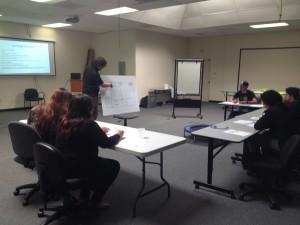 EMPATHIZE: Work to fully understand the experience of the user for whom you are designing. Do this through observation, interaction, and immersing yourself in their experiences.
EMPATHIZE: Work to fully understand the experience of the user for whom you are designing. Do this through observation, interaction, and immersing yourself in their experiences.
DEFINE: Process and synthesize the findings from your empathy work in order to form a user point of view that you will address with your design.
IDEATE: Explore a wide variety of possible solutions through generating a large quantity of diverse possible solutions, allowing you to step beyond the obvious and explore a range of ideas.
PROTOTYPE: Transform your ideas into a physical form so that you can experience and interact with them and, in the process, learn and develop more empathy.
TEST: Try out high-resolution products and use observations and feedback to refine prototypes, learn more about the user, and refine your original point of view.
In our case, some insights included utilizing laptops/portable furniture to maximize flexibility, combining redundant rooms, considering feng shui in design practices to increase student comfort and learning, and using student incentive funds for coffee. The round table design encourages students to be more involved in the discussions and they are more likely to ask questions. This project turned out to be a great success, so SIATech San Diego will continue to implement this type of project in future courses.

